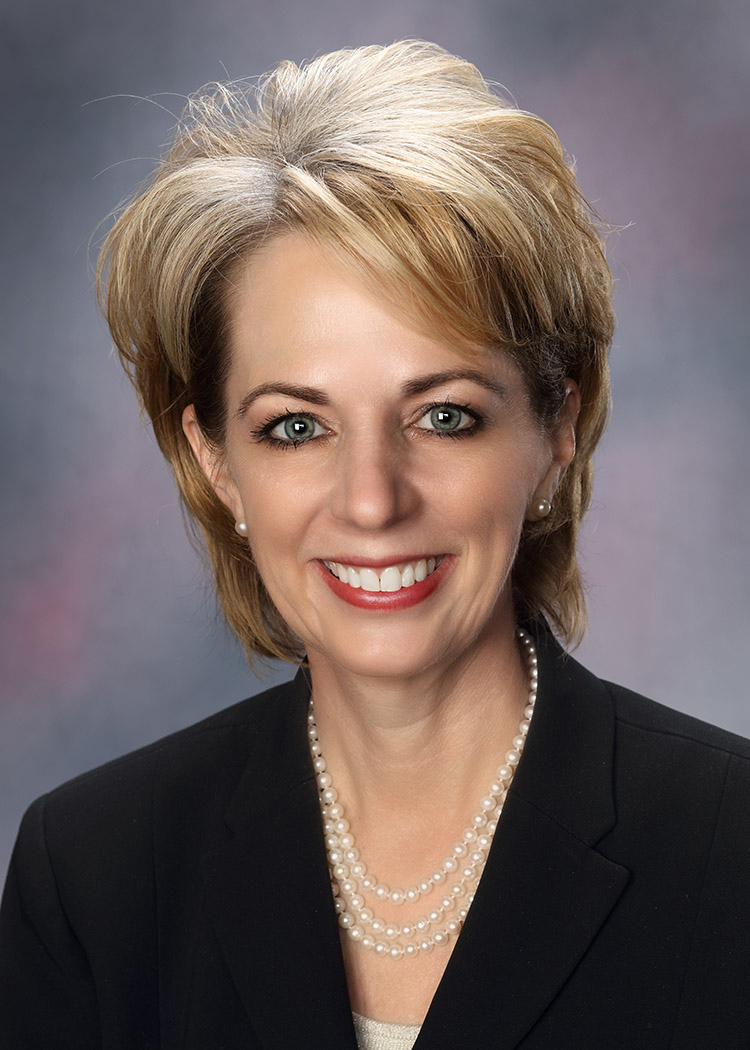
Recently Fort Hays State University had the opportunity to host the Kansas Board of Regents for a campus visit. I was very grateful to have time set aside for the Regents to focus on FHSU and for us to demonstrate our remarkable success and innovative, hands-on education. The visit included getting to know two new Regents – Hays’ very own Allen Schmidt and Mark Hutton (Wichita). I faced one major problem: Which of our many forward-thinking programs should we highlight?
The visit began with a dinner hosted in the Center for Applied Technology – a spectacular building and the new home for students studying industrial technology, technology and engineering education, and sculpture. Students can learn in engaging spaces such as computer CAD labs, instructional and graphic labs, STEM labs, woodworking labs, metalworking labs, plastic labs, power and energy labs, robotic labs, construction management labs, sculpture studios, and metal foundry studios.
The Center for Applied Technology was the perfect location for a theme of educational innovation. The Regents witnessed an aluminum pour and the demonstration of an in-progress recreational charging station. They had the opportunity to interact with students, who showed the Regents how to manipulate drones, 3-D printers, robots and more. Regents could also explore the FHSU Maker Van.
Experiences the next morning featured the Department of Communication Sciences and Disorders and the Department of Allied Health and the innovative learning technologies available.
Students in communication sciences and disorders gain practical, real-world experience with clients through the Herndon Clinic. The Regents observed a live demonstration of a tympanometry and otoacoustic emissions (OAE) procedure. Tympanometry tests how well the eardrum moves and the middle ear functions. The OAE test is used to find out how well the hair cells of the inner ear, specifically the cochlea, works. It measures otoacoustic emissions – the sounds given off by the inner ear when responding to a sound.
Regents were also able to watch a live demonstration of a fiberoptic endoscopic evaluation of swallowing (FEES). The scope is introduced through the nasal cavity in order to view the laryngeal and pharyngeal structures (i.e., the throat) and function during swallowing. The state-of-the-art technology with which faculty teach and students learn here was truly impressive – and I sincerely hope the student who volunteered to be scoped received extra credit!
Staying with the theme of the healthcare industry, the Regents attended classes in the Allied Health Department. Imaging technologists operate sophisticated equipment to assist physicians in diagnosing and treating a range of health problems. As highly skilled employees in a growing field, imaging technologists often work in multiple specialty areas, including radiologic technology, computed tomography, magnetic resonance imaging, sonography, cardiovascular-interventional technology, bone densitometry and mammography.
I loved how the students spent a lot time in the roles of both patient and practitioner. Students earning a degree from the Department of Allied Health have vast opportunities to align with many different medical providers and facilities – a message Regents, students, and parents love to hear.
At the intersection of culture, communication, and technology, the Institute for New Media Studies is developing a number of interactive projects that visualize, conceptualize or apply information. Here, Regents had the opportunity to visualize the human brain, fly through a virtual campus, experience augmented reality, play with a smart table and meet the students and faculty who make it all happen. Our leading edge on learning technologies and artificial intelligence is truly remarkable – and enviable.
We ended by helping the Regents to a better understanding of how we approach online course development and why FHSU Virtual College faculty and students are so successful. Faculty and instructional designers provided interactive simulations enabling the Regents to experience what it is like “inside” an online course. I also had some fun exploring.
In health and human performance classes, for example, online students attach headphones to their computers where they can hear a heartbeat and practice blood pressure readings. Somewhat similar to playing an online version of the child’s game “Operation,” I learned how to attach specific electrodes to the correct area of the human body in order to perform a 12-lead ECG.
Experiencing these activities and others demonstrates that, at FHSU, online learning is much, much more than reading and responding to static information on a computer screen.
While any of our academic programs could have been highlighted with equal positive impact, I am extremely grateful for the faculty, staff and students who took the time a few weeks ago to highlight why we are so successful in unlocking untapped potential and preparing students for an exciting and rewarding future!
Dr. Tisa Mason is the president of Fort Hays State University.
